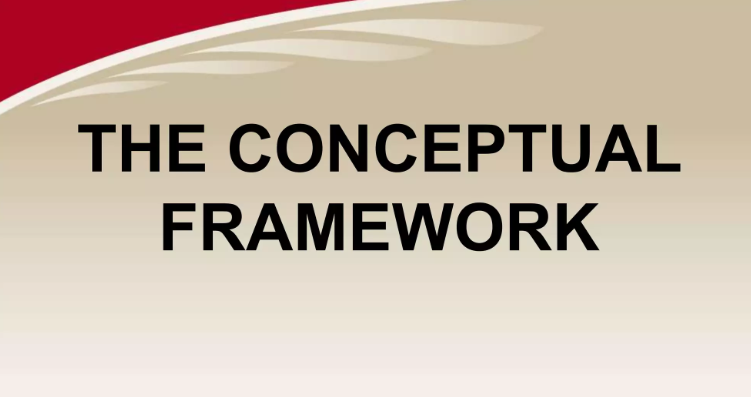Research, in its essence, is a quest for knowledge. It involves systematically exploring, investigating, and analyzing a specific phenomenon to arrive at new insights and conclusions. But this journey, often complex and intricate, requires a roadmap – a clear structure to guide the researcher through the labyrinth of data and analysis. This roadmap is what we call the conceptual framework in research.
The conceptual framework in research acts as a blueprint, outlining the key concepts, theories, and relationships that underpin the study. It provides a theoretical foundation upon which the researcher can build their investigation, ensuring clarity, coherence, and direction. This framework is not merely a static list of ideas; it’s a dynamic map that evolves as the research progresses, incorporating new discoveries and adjustments.
Why is a Conceptual Framework Essential?
Think of a house built without a blueprint. The result would be a chaotic structure, lacking coherence and purpose. Similarly, research without a conceptual framework in research is prone to ambiguity, inconsistencies, and a lack of focus. Here’s why a robust framework is crucial:
- Provides Structure and Focus: It helps researchers to define the scope of their study, identify key variables, and establish clear research questions. This structure ensures that the research remains focused and avoids unnecessary tangents.
- Guides Data Collection and Analysis: A well-defined conceptual framework in research determines the type of data required, the methods of data collection, and the appropriate analytical techniques to be used.
- Enhances Interpretation and Meaning: It helps researchers interpret findings within the context of existing theories and knowledge, providing deeper insights and a more comprehensive understanding of the phenomenon under investigation.
- Facilitates Communication and Collaboration: A clearly articulated conceptual framework in research allows researchers to communicate their research goals and findings effectively to other researchers, stakeholders, and the wider academic community.
Building a Robust Conceptual Framework
Creating a strong conceptual framework in research is a systematic process that involves several steps:
- Identify the Research Problem: Begin by defining the research question or problem you aim to investigate. What are the key issues or gaps in knowledge you want to address?
- Review Existing Literature: Explore relevant theories, concepts, and existing research on your topic. This step is crucial for understanding previous work and identifying potential gaps.
- Define Key Concepts: Identify the central concepts that will guide your research. These concepts should be clearly defined and operationalized, meaning you specify how you will measure or observe them in your study.
- Develop a Theoretical Framework: Choose a theoretical framework that best aligns with your research question and key concepts. This framework will provide a lens through which you will analyze and interpret your findings.
- Propose Relationships between Concepts: Based on your chosen theoretical framework, propose how the key concepts relate to each other. This can be represented visually through a diagram, model, or flowchart.
- Formulate Testable Hypotheses: Based on your proposed relationships, formulate testable hypotheses, which are predictions about the relationships between variables.
Examples of Conceptual Frameworks
Here are some examples of how conceptual framework in research can be applied across different disciplines:
- Health Sciences: A study investigating the effectiveness of a new medication for treating depression might use a conceptual framework based on the biopsychosocial model, which considers biological, psychological, and social factors in understanding mental health.
- Education: A study exploring the impact of technology on student engagement might use a framework based on the theory of constructivism, which emphasizes active learning and student-centered approaches.
- Business: A study analyzing the factors affecting customer loyalty might use a framework based on the Theory of Planned Behavior, which predicts behavioral intentions based on attitudes, subjective norms, and perceived behavioral control.
The Evolving Nature of the Framework
The conceptual framework in research is not a static entity. As research progresses, the framework may be revised and refined to incorporate new insights and discoveries. New data or unexpected findings might lead to adjustments in the key concepts, relationships, or theoretical foundations.
The Bottom Line
The conceptual framework in research acts as a guiding light, illuminating the path for researchers and ensuring that their journey is purposeful, focused, and grounded in theory. It is an essential tool for generating high-quality, meaningful research that contributes to knowledge and understanding. By carefully crafting and iteratively refining this framework, researchers can increase the rigor, clarity, and impact of their studies, paving the way for impactful discoveries and advancements in their respective fields.
